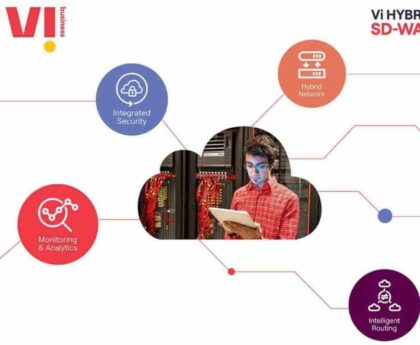According to a recent study by Recon Analytics, rural areas in the United States exhibit significant inconsistencies in broadband satisfaction, primarily due to local efforts and execution. The study revealed that nine out of ten of the least satisfied broadband counties are rural, while an equal number of the most satisfied counties are also rural. This disparity highlights the role played by local groups and providers in each region.
Roger Entner, the founder of Recon Analytics, expressed his expectation that urban areas, with their larger ethnically diverse and younger populations (which typically have higher expectations and lower satisfaction scores), would feature among the unhappiest counties. However, the study’s results showed that the extremes were actually found in rural America.
Entner challenged the notion that urban markets receive more investment and, therefore, have the happiest broadband customers. He also countered the argument that urban areas suffer from poor broadband service. The study’s data did not support either claim.
Recon surveyed over 330,000 respondents, evaluating various aspects such as browsing experience, streaming quality, installation, technical support, value for price, and ease of use of the provider’s website.
Surprisingly, the study found that customer satisfaction did not depend on whether an area had cable, fiber, or DSL infrastructure. Entner expected to observe the typical pattern of fiber customers being the most satisfied, followed by cable, and then DSL. However, the data did not align with this assumption.
While some of the unhappiest counties had fiber coverage in every ZIP code, others lacked fiber entirely. These findings challenge commonly accepted beliefs that systemic or industry-driven reasons are responsible for disparities in broadband satisfaction.
The study also showed that the presence of 5G fixed wireless service did not significantly impact broadband satisfaction in counties. Even in counties with this service, the adoption rates were too low to affect overall customer happiness.
Another misconception dispelled by the Recon data was the notion that counties with broadband cooperatives would fare better in satisfaction scores. In four of the ten least satisfied counties, member-owned co-ops were active, despite being nonprofits. Similarly, in six of the ten most satisfied counties, co-ops were active, but the happiest county, Mercer County, WV, did not have a co-op. Thus, the study did not find a significant correlation between the presence of such organizations and broadband satisfaction.
Ultimately, the study emphasized that execution on a local level is crucial. Despite national providers offering similar pricing and product lineups, the differences in satisfaction across counties were remarkable. The performance of providers, both regional and larger companies, varied widely among rural customers.
Most providers exhibited inconsistency in their performance across different counties. Even providers that performed well in some areas performed poorly in others. For instance, Comcast’s excellent performance contributed to Mercer County, WV, being the happiest broadband county, while its poor performance affected Barnstable County, MA, and Whatcom County, WA, making them among the least satisfied counties.
Entner urged providers to improve their customer experience by benchmarking their performance internally and implementing best practices across their entire organizations. He also recommended that regulators consider customer satisfaction when allocating broadband subsidies to providers, prioritizing those that deliver the best results for taxpayers.
The study concluded that any provider has the potential to deliver excellent service and satisfy their customers. While technology plays a role, local execution remains the key factor in achieving customer happiness.





